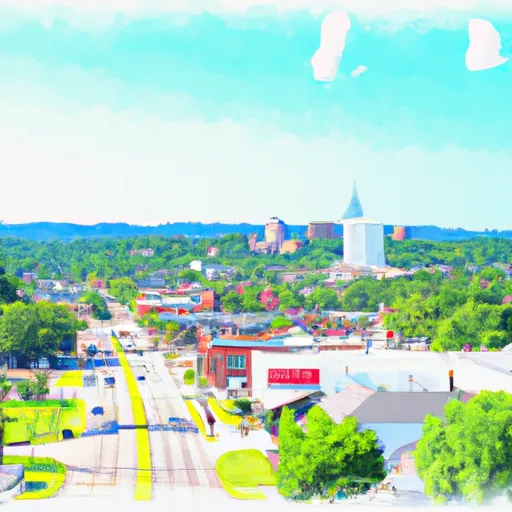°F
°F
mph
Windspeed
%
Humidity











Riverside, Alabama, is a charming town located in St. Clair County. With a population of approximately 2,200 residents, Riverside offers a tranquil and serene environment. The town experiences a humid subtropical climate, characterized by hot summers and mild winters. Average high temperatures range from the low 50s°F in winter to the mid-90s°F in summer, with rainfall spread throughout the year.
Situated on the banks of the Coosa River, hydrology plays a vital role in Riverside. The Coosa River offers stunning views and various recreational opportunities, such as boating, fishing, and kayaking. The river is home to an array of fish species, including largemouth bass, crappie, and catfish, making it a haven for anglers.
In addition to the Coosa River, Riverside is surrounded by picturesque landscapes and natural beauty. The nearby Logan Martin Lake provides further outdoor recreation opportunities, including swimming, water skiing, and camping.
With its idyllic setting and close proximity to natural resources, Riverside, Alabama, offers a haven for outdoor enthusiasts seeking to enjoy the beauty of the river, lake, and surrounding landscapes.
Weather Forecast
Riverside receives approximately 1358mm of rain per year, with humidity levels near 84% and air temperatures averaging around 17°C. Riverside has a plant hardyness factor of 7, meaning plants and agriculture in this region tend to thrive during the non-winter months.
Regional Streamflow Levels
92
Cubic Feet Per Second
85
Cubic Feet Per Second
487
Cubic Feet Per Second
78
Cubic Feet Per Second
Nearby Camping
| Camping Area | Reservations | Toilets | Showers |
|---|---|---|---|
| Lake Guntersville State Park | |||
| Florala State Park | |||
| Bucks Pocket State Park | |||
| Cathedral Caverns State Park | |||
| Maxwell/Gunter AFB Military | |||
| Frank Jackson State Park |



